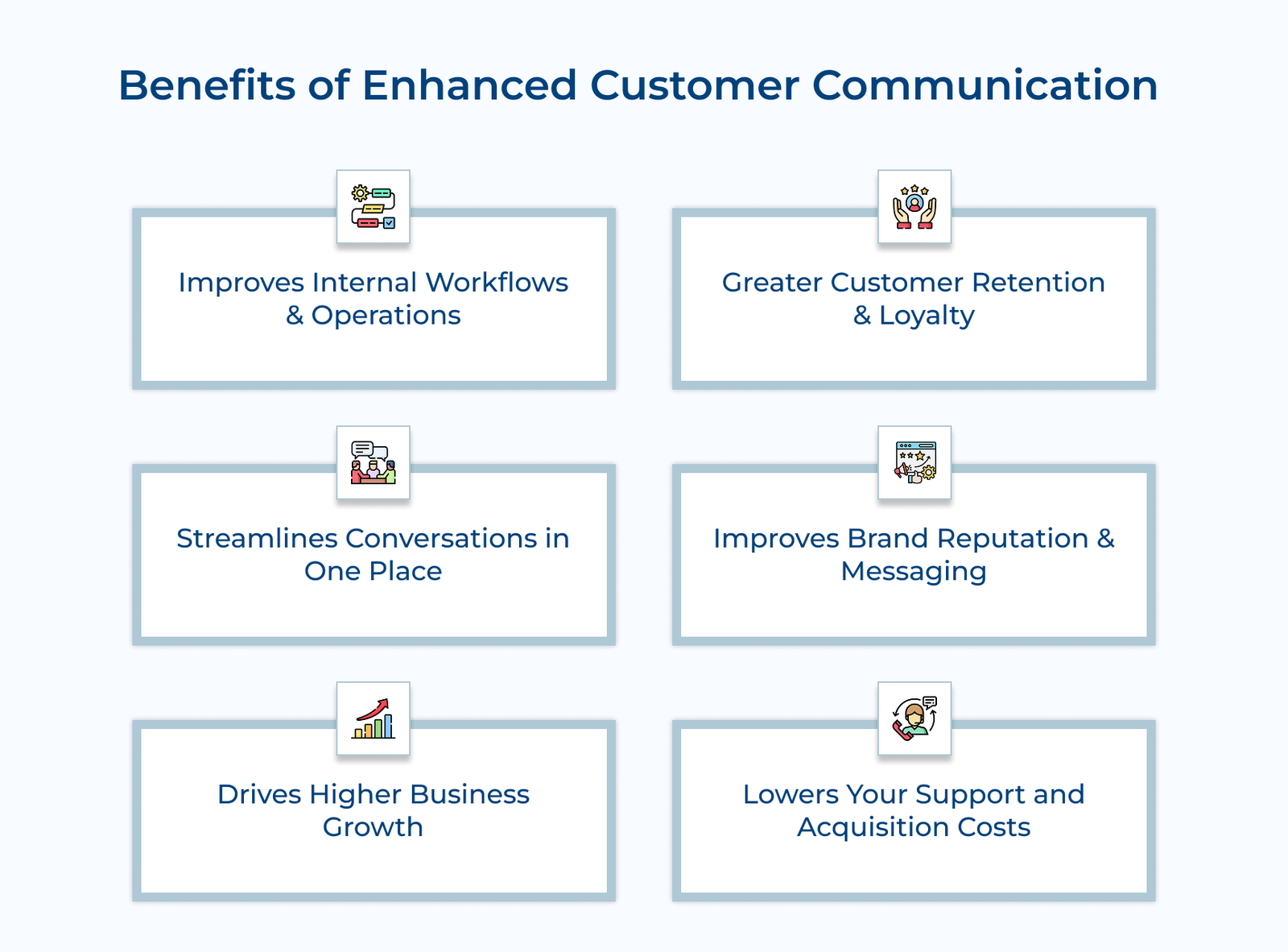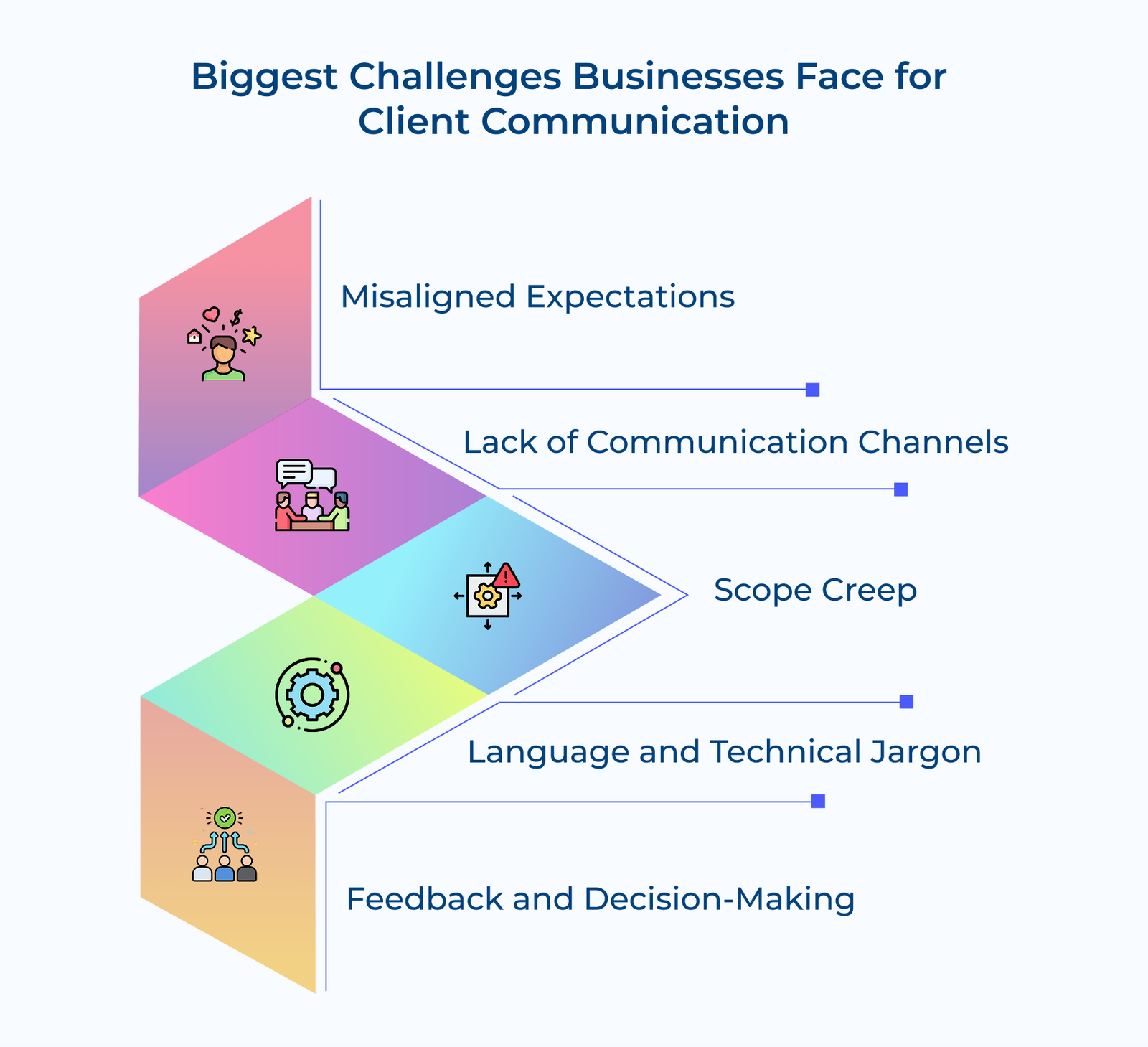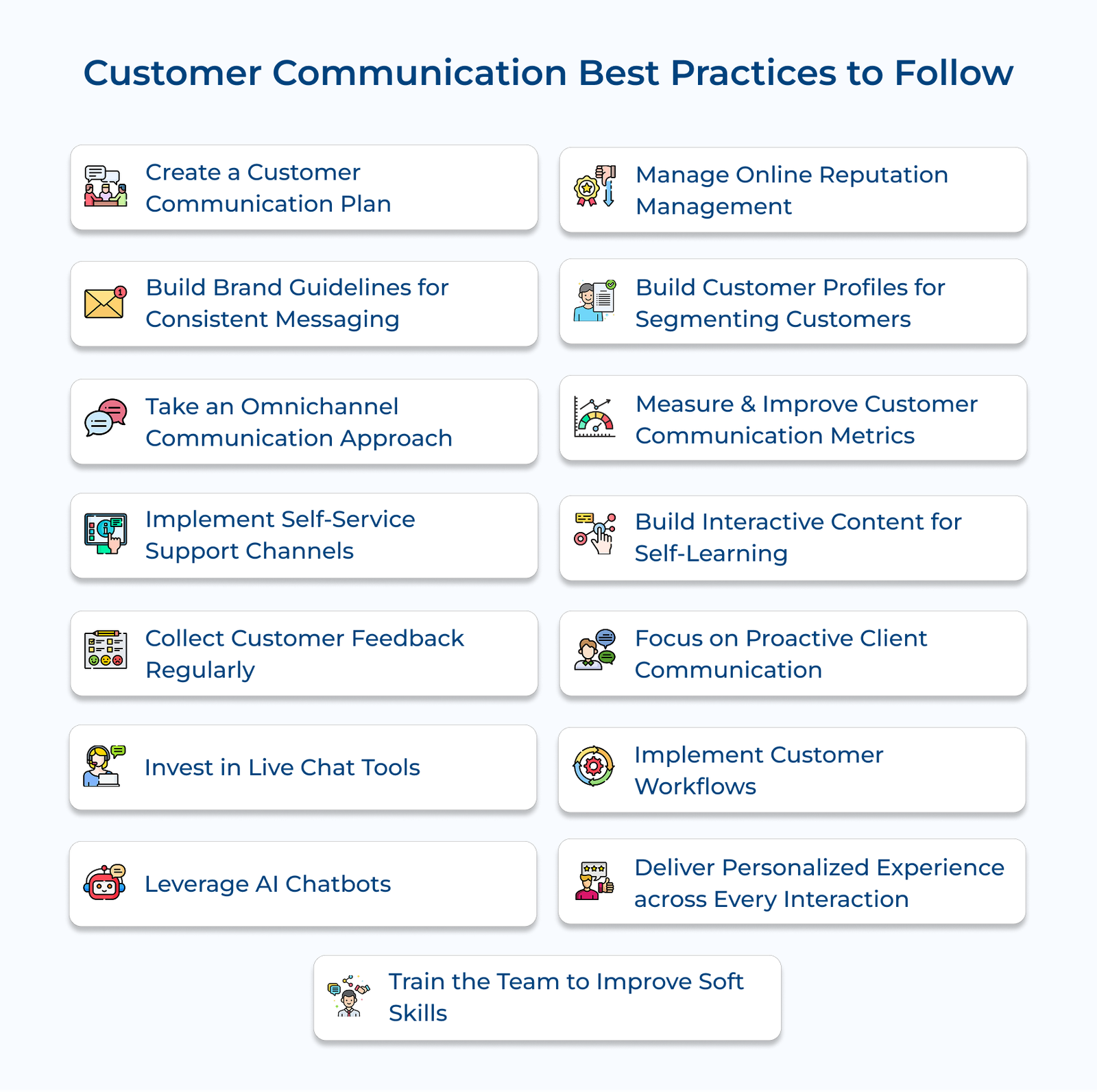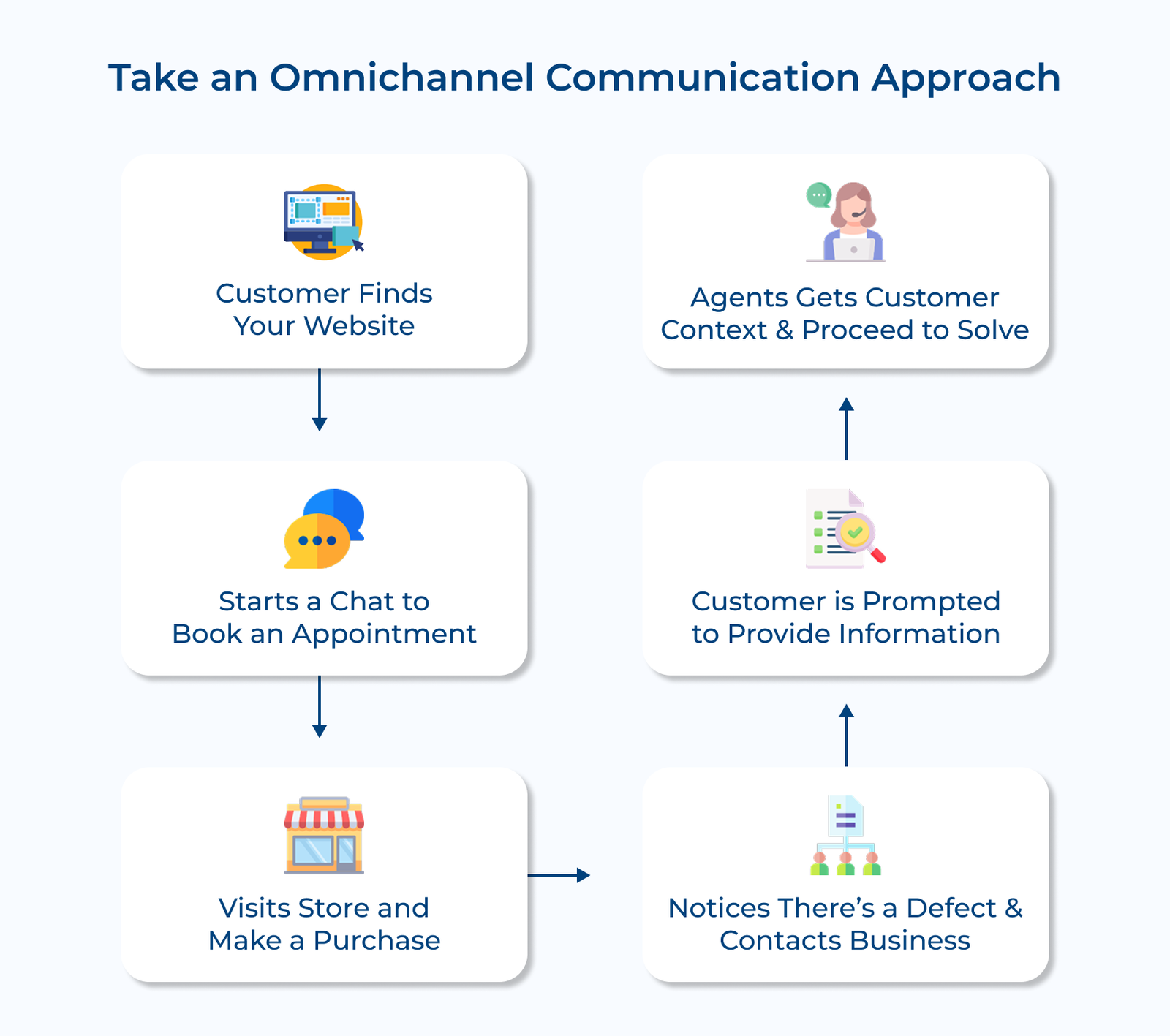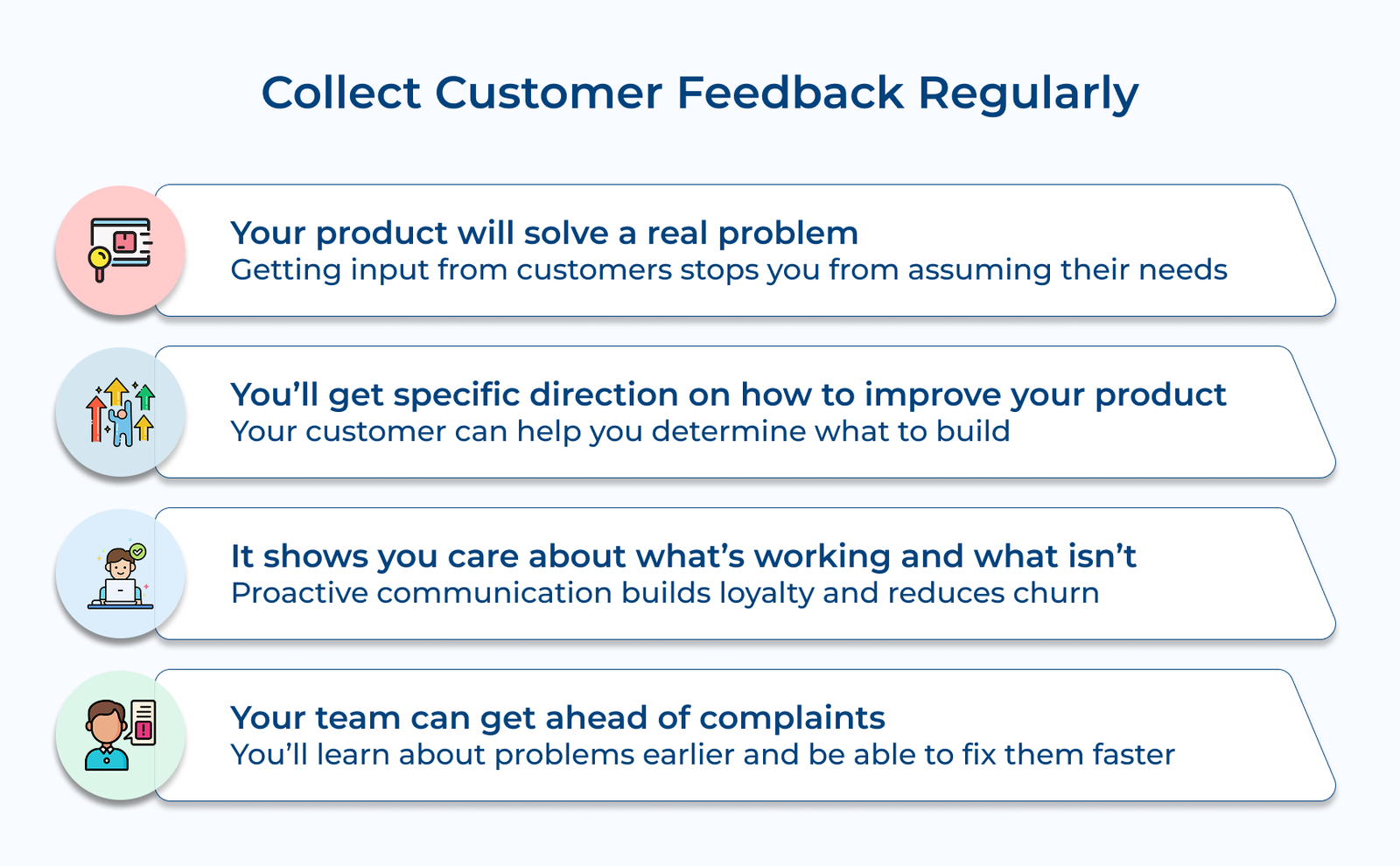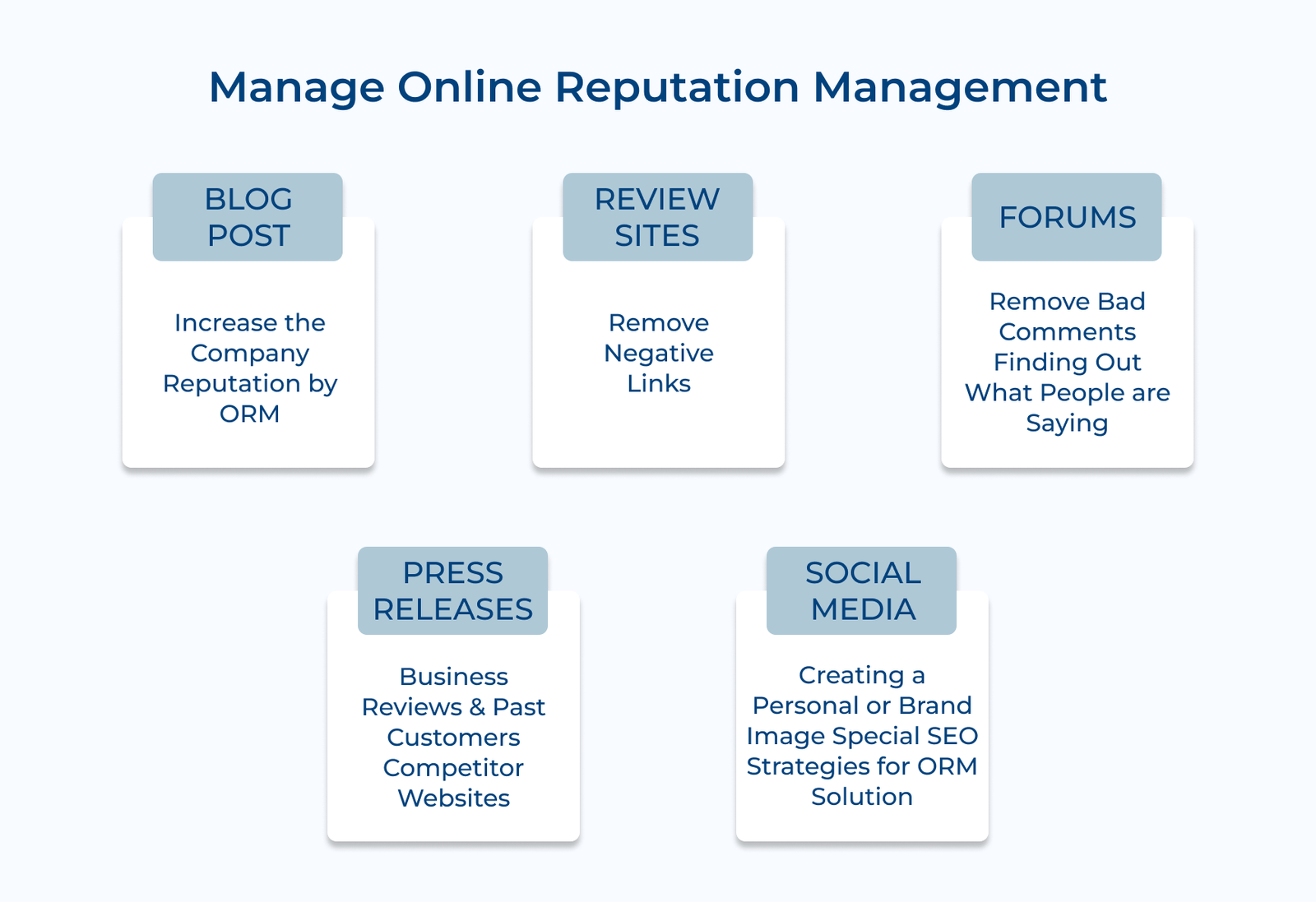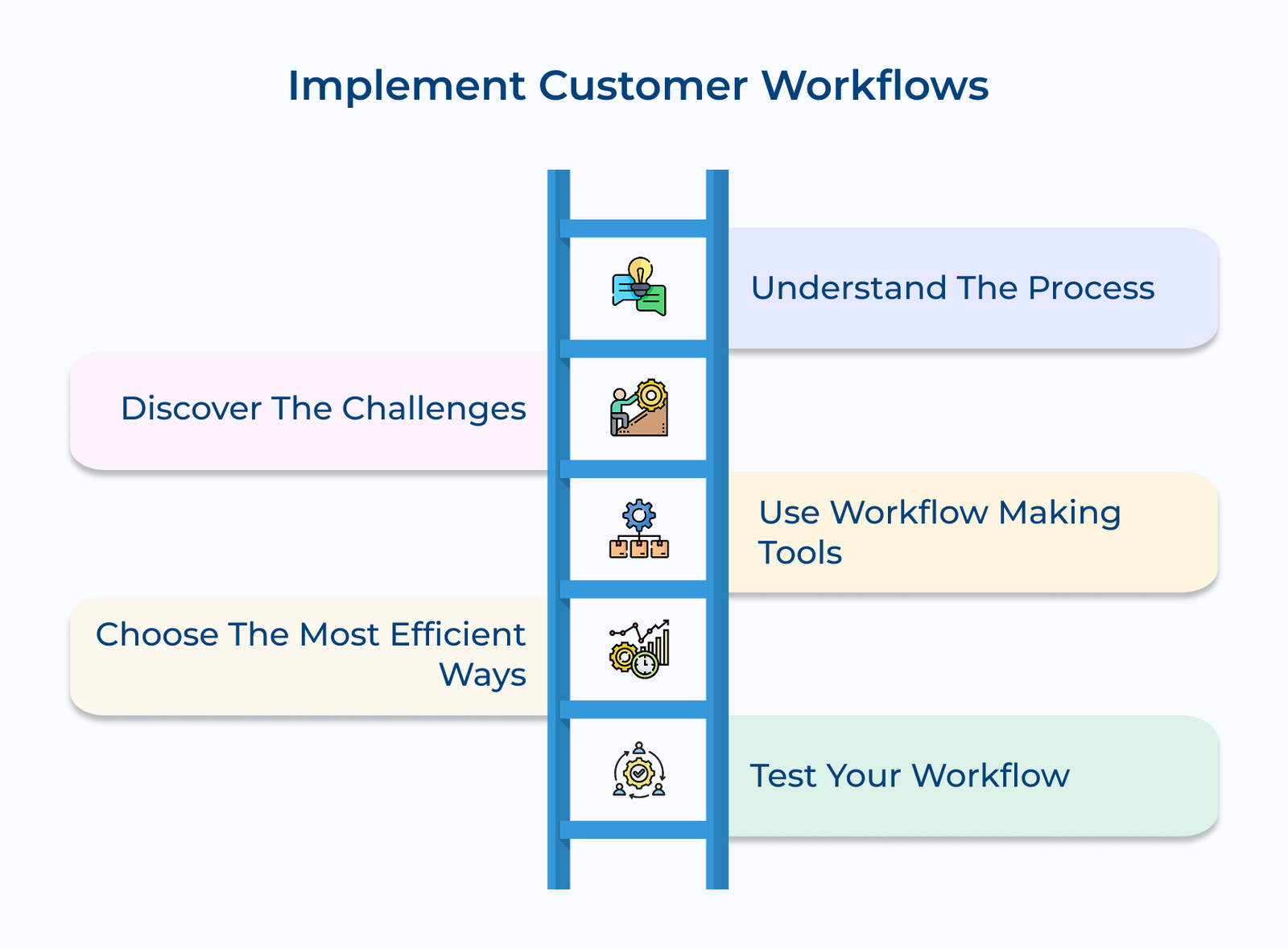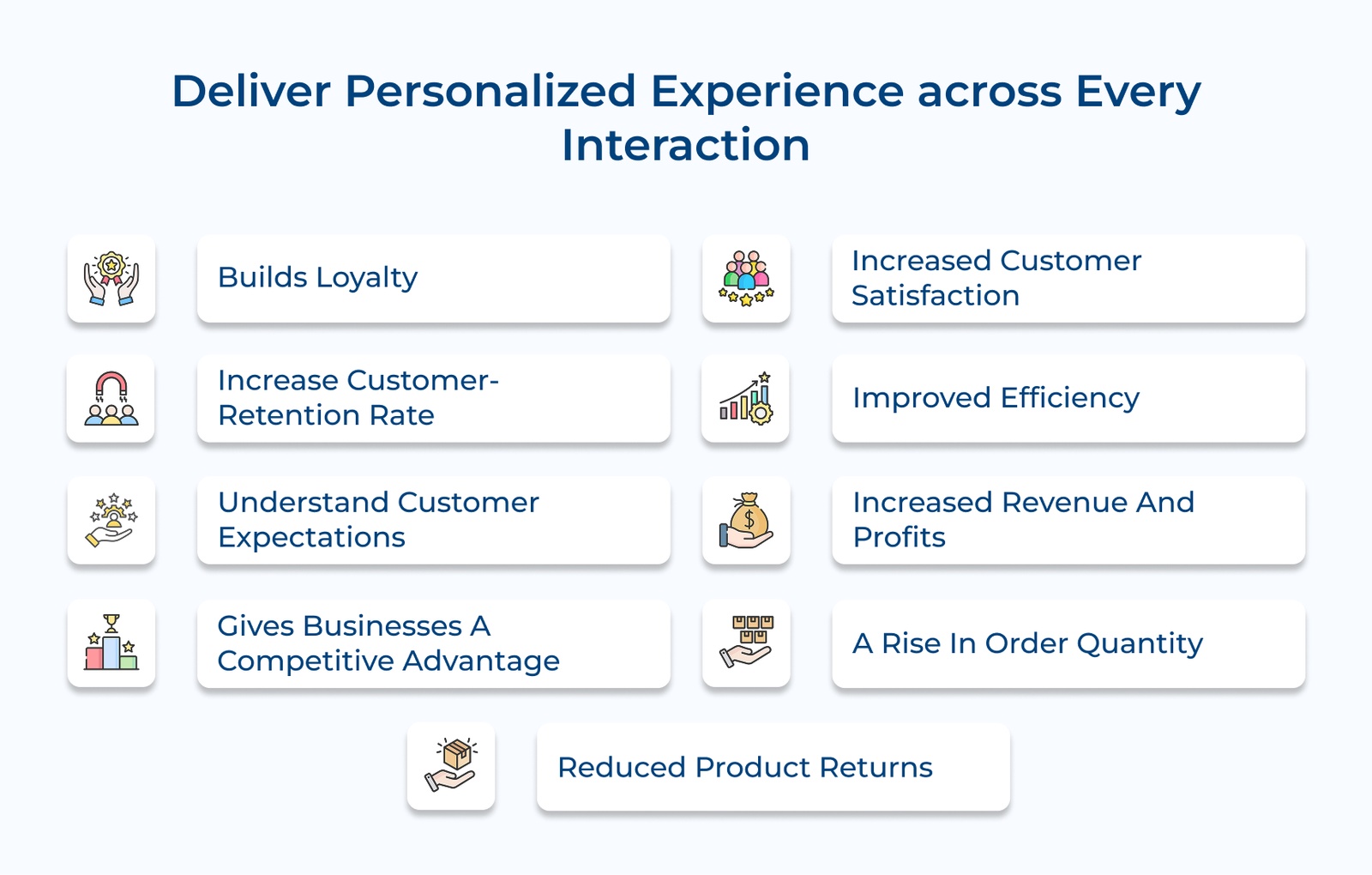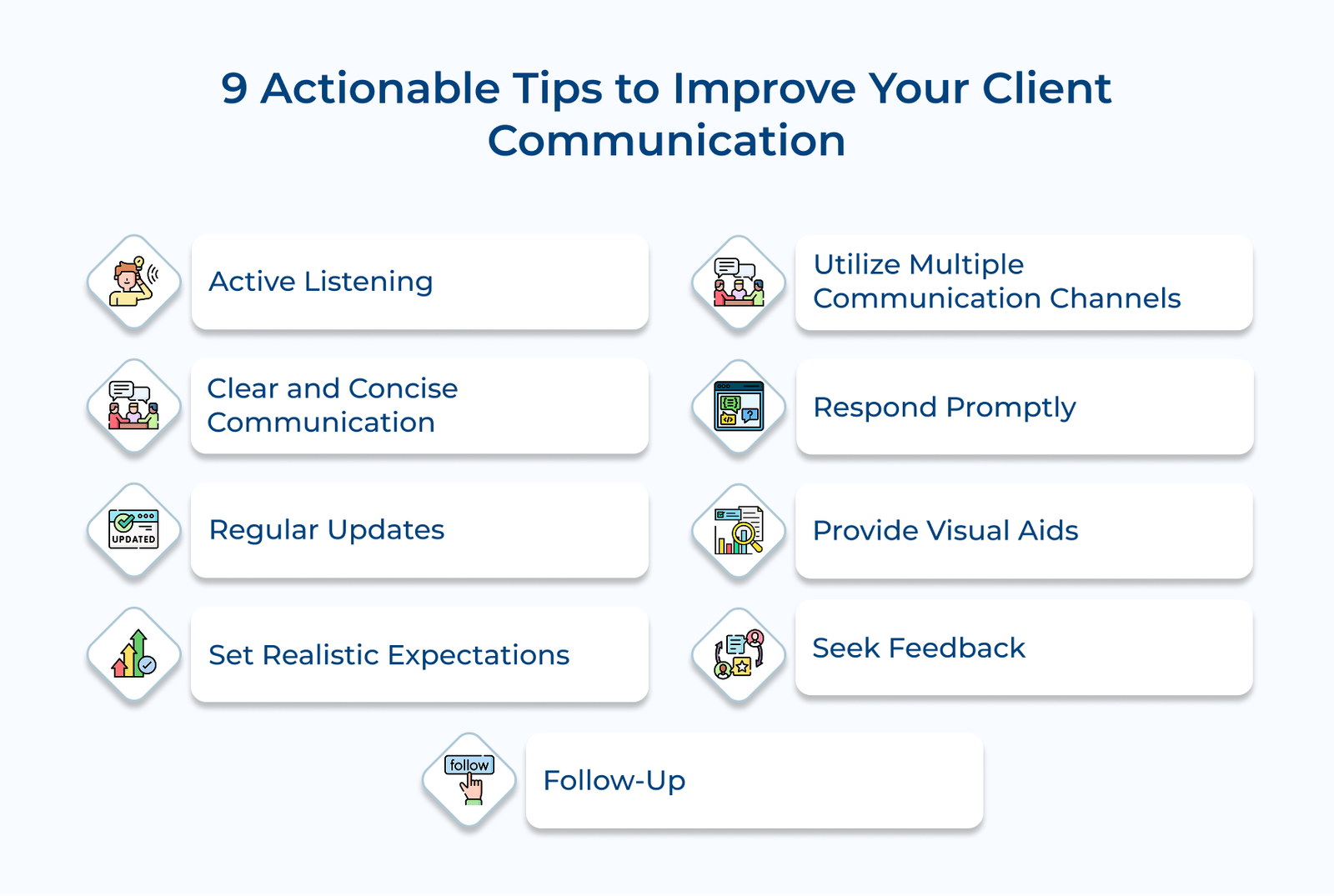1. Active Listening
When communicating with clients, listen attentively to their needs, concerns, and feedback. Take the time to understand their perspective and ask clarifying questions if necessary. It shows that you value their input and are committed to meeting their expectations.
2. Clear and Concise Communication
Avoid using jargon or complex technical terms that clients may not understand. Instead, aim to communicate your ideas clearly and concisely using language that is accessible to them. It will help avoid misunderstandings and ensure effective collaboration.
3. Regular Updates
Keep clients informed about the progress of their projects or any relevant updates. Establish a regular communication schedule, whether it be weekly or monthly. It will help to provide updates on milestones, deliverables and any potential challenges. The approach helps to demonstrate transparency and build trust.
4. Set Realistic Expectations
Be honest about what can be achieved within the given timeframe and budget. Clearly communicate any limitations or potential roadblocks early on. The company will ensure there are clear understandings and help manage the expectations of the client.
5. Utilize Multiple Communication Channels
Different clients have different communication preferences. Some may prefer emails, while others may prefer phone calls or in-person meetings. Be adaptable and utilize multiple communication channels to ensure effective communication for your clients.
6. Respond Promptly
Timely responses to client inquiries or concerns are essential for maintaining a strong client relationship. Aim to respond to client messages within 24 hours, even if it’s just an acknowledgment of their query. It demonstrates professionalism, reliability, and a commitment to communications customer service.
7. Provide Visual Aids
Visual aids can be incredibly helpful in explaining complex concepts or ideas. Use charts, graphs, or diagrams to illustrate your points and make information more accessible for clients. It can enhance their understanding and improve communication effectiveness.
8. Seek Feedback
Actively seek feedback from the clients to understand their level of satisfaction and identify areas for improvement. Regularly solicit their input through surveys, meetings, or informal conversations. They will understand their opinion is valued, helping to improve the communication strategies.
9. Follow-Up
After completing a project or delivering a product, follow up with the clients to ensure their satisfaction. The check-in demonstrates your commitment to their success and opens the door for future collaboration. It provides an opportunity to address any lingering concerns and solidify the client relationship.
Improve Consumer Communication to Deliver Effective Client Management
Managing customer communication effectively is an integral part of client management for businesses. Customers feel valued and appreciative when businesses actively listen to customer inquiries. When customers have a problem or concern, they expect a quick and satisfactory response. Establishing processes and guidelines for handling customer communication, ensures the business has no inquiry left unattended.
Utilizing the right tools for managing customer communication can greatly enhance efficiency and productivity. Businesses now have a plethora of options to engage with their customers. Leveraging the tools will allow businesses to streamline their communication processes, track customer interactions, and gain valuable insights for future business decisions.
Key takeaways:
- Effective customer communication builds trust, loyalty, and strong relationships.
- Promptly addressing customer issues and concerns leads to higher customer satisfaction.
- Utilizing the right tools enhances efficiency and productivity in managing customer communication.






